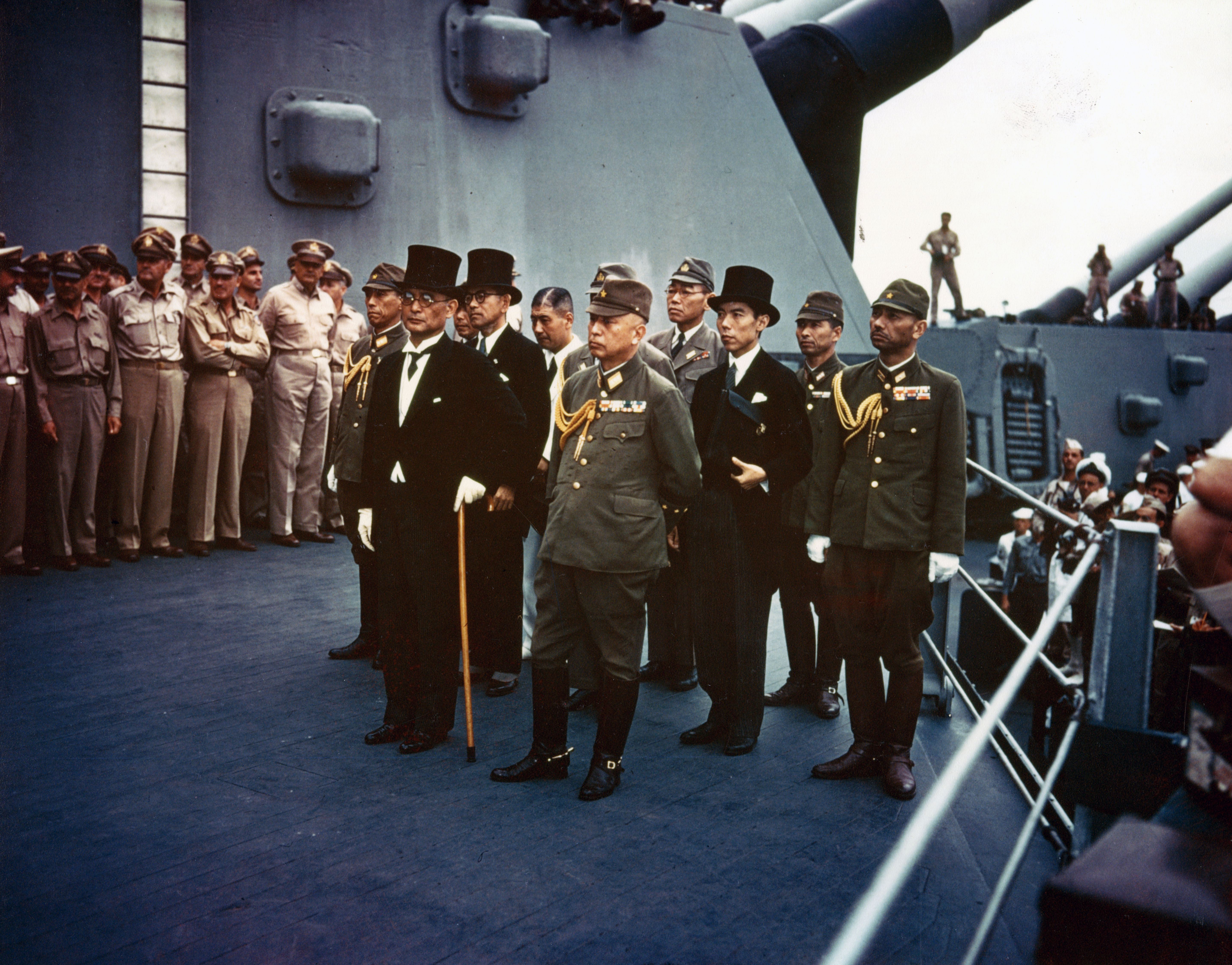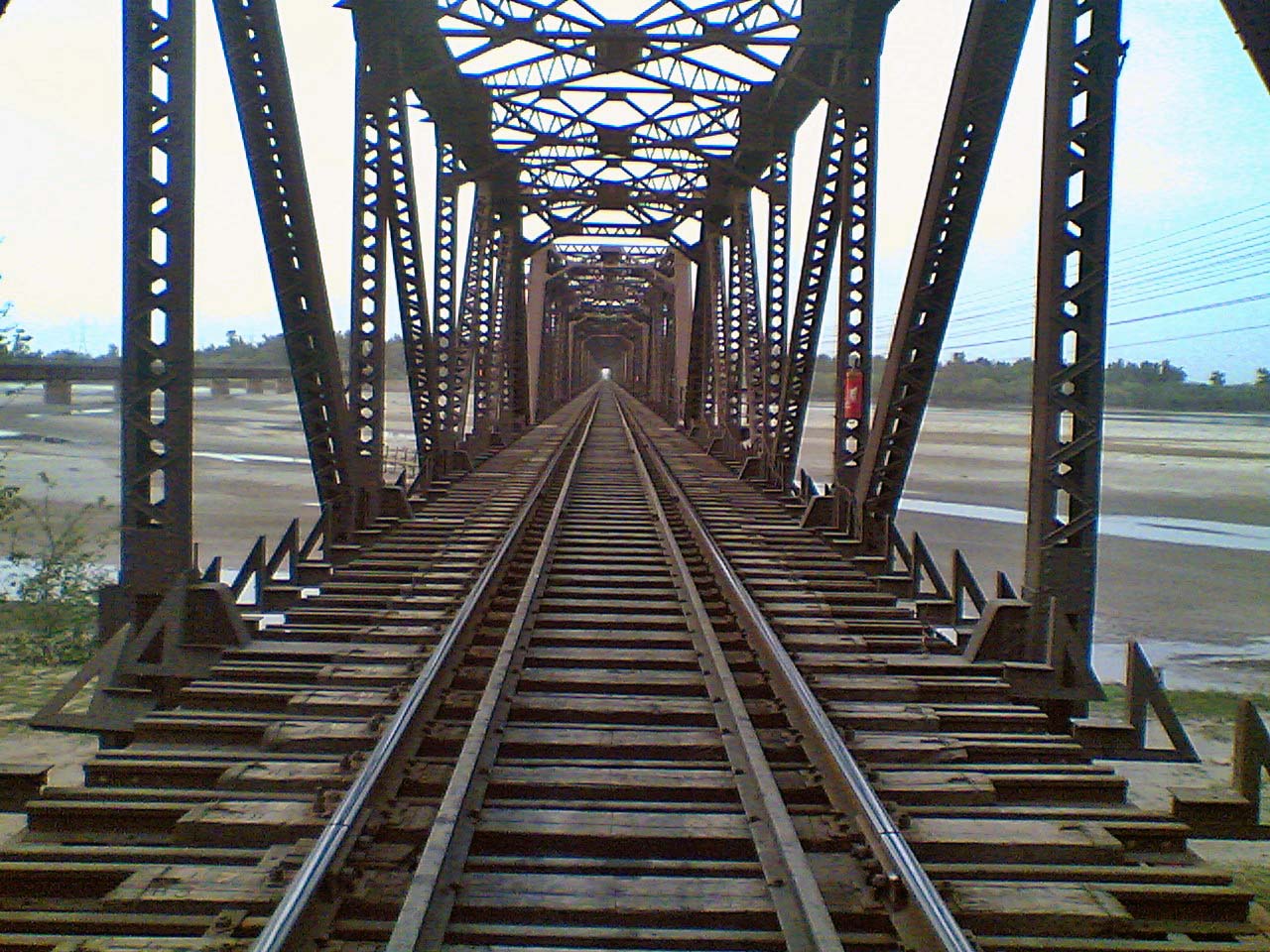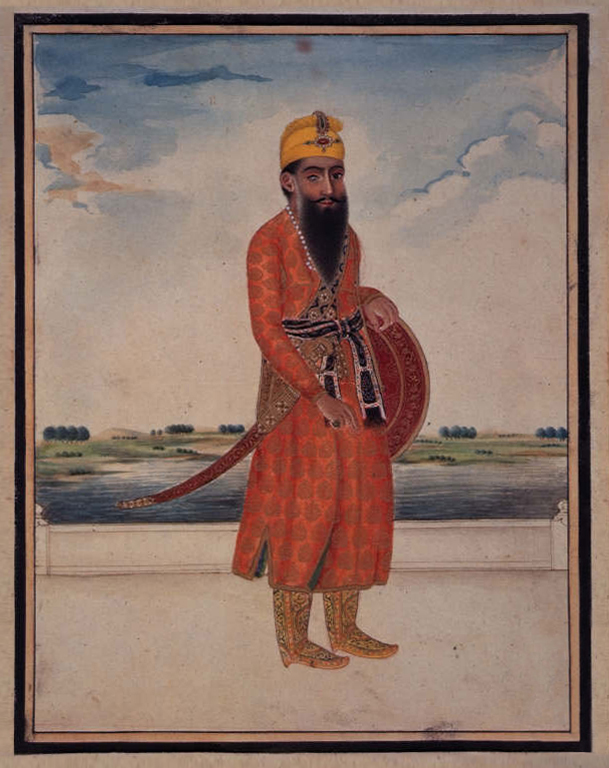|
Battle Of Shopian
The Battle of Shopian took place on 3 July 1819 between an expeditionary force from the Sikh Empire and Jabbar Khan, the governor of the Kashmir Valley province of the Durrani Empire. It was the decisive battle during the Sikh expedition into Kashmir in 1819. Background From 1814 to 1819, the Sikh Empire was forced to send successive punitive expeditions against the hill states of Bhimber, Rajauri, Poonch, Nurpur, and others. By subduing rebellions in these states, the Sikh Empire was attempting to keep control of the routes through the Pir Panjal Range and into Kashmir. However the Durrani Empire kept de facto control of the areas because the Pir Panjal Range blocked supplies and fresh troops to the Sikh armies. After the death of Fateh Khan Wazir in 1818, governor Azim Khan left Kashmir for Kabul to assume Wazir's office, leaving Jabbar Khan in charge of Kashmir. Birbal Dhar, Azim Khan's revenue minister, betrayed his master and traveled to Lahore, the capital of the ... [...More Info...] [...Related Items...] OR: [Wikipedia] [Google] [Baidu] |
Afghan–Sikh Wars
The Afghan–Sikh wars spanned from 1748 to 1837 in the Indian subcontinent, and saw multiple phases of fighting between the Durrani Empire and the Sikh Empire (and its predecessors), mainly in and around Punjab region. The conflict's origins stemmed from the days of the Dal Khalsa (Sikh Army), Dal Khalsa, and continued after the Emirate of Afghanistan, Emirate of Kabul succeeded the Durrani Empire. __TOC__ Background The Sikh Confederacy had effectively achieved independence from the Mughal Empire in 1716, and expanded at its expense in the following decades, despite the Chhota Ghallughara. The Afsharid dynasty, Afsharid Persians, Persian emperor Nader Shah's invasion of the Mughal Empire (1738–40) dealt a heavy blow to the Mughals, but after Nader Shah's death in 1747, Ahmed Shah Abdali, the founder of the Durrani Empire declared independence from Iran, Persia. Four years later, this new Afghan state came into conflict with the Sikh alliance. Campaigns of Ahmad Shah A ... [...More Info...] [...Related Items...] OR: [Wikipedia] [Google] [Baidu] |
Pir Panjal Range
The Pir Panjal Range ( ; ) is a range of mountains in the Lower Himalayan region located in the Western Himalayas of northern Indian subcontinent. It runs southeast to northwest between the Beas and Neelam/Kishanganga rivers, in the Indian state of Himachal Pradesh and Indian-administered union territory of Jammu and Kashmir, with its northwestern end extending into territory administered by Pakistan. The Himalayas show a gradual elevation towards the Dhauladhar and Pir Panjal ranges. Pir Panjal is the largest and westernmost range of the Lesser Himalayas. Near the bank of the Sutlej River, it dissociates itself from the main Himalayan range and forms a divide between the Beas and Ravi rivers on one side and the Chenab on the other. Further west, the Pir Panjal range forms the southwestern boundary of the Kashmir Valley, separating it from the hills of Jammu region, forming a divide between the Jhelum and Chenab rivers. Etymology The Pir Panjal range is named after ... [...More Info...] [...Related Items...] OR: [Wikipedia] [Google] [Baidu] |
Unconditional Surrender
An unconditional surrender is a surrender in which no guarantees, reassurances, or promises (i.e., conditions) are given to the surrendering party. It is often demanded with the threat of complete destruction, extermination or annihilation. Announcing that only unconditional surrender is acceptable puts psychological pressure on a weaker adversary, but it may also prolong hostilities. A party typically only demands unconditional surrender when it has a significant advantage over their adversaries, when victory is thought to be inevitable. In modern times, unconditional surrenders most often include guarantees provided by international law. In some cases, surrender is truly accepted unconditionally; while in other cases terms are offered and accepted, but forces are declared to be subject to "unconditional surrender" for symbolic purposes. This type of surrender may also be accepted by the surrendering party under the expectation of guarantees agreed to informally. Examples Ba ... [...More Info...] [...Related Items...] OR: [Wikipedia] [Google] [Baidu] |
Rajouri
Rajouri or Rajauri (; ; ) is a city in the Rajouri district in the Jammu division of the Indian union territory of Jammu and Kashmir (union territory), Jammu and Kashmir. It is located about from Srinagar and from Jammu (city), Jammu city on the Poonch (town), Poonch Highway. History The first ruler of this Kingdom was Raja Prithvi Pal from the Jaral Rajput clan ruled Rajouri from 1033 to 1192, Prithvi Pal defended Pir Panjal Pass, Pir Panchal Pass at the time of incursion of Mahmud of Ghazni in 1021 CE. The old name of Rajouri was "Rajapuri" as mentioned in Rajtarangni of Kalhana Pandita written in 1148 CE. During the Mughal Empire, Mughal rule, the Jarral Rajput rulers or Raja agreed to a treaty with the Mughal Empire and thus were given the title 'Mirza (noble), Mirza'. In 1810 and 1812, Maharaja Ranjit Singh attempted to conquer Bhimber, Kotli, and Rajouri. However, Rajouri successfully resisted these invasions. In 1813, Gulab Singh of Jammu captured Rajouri for the S ... [...More Info...] [...Related Items...] OR: [Wikipedia] [Google] [Baidu] |
Hakim (title)
and are two Arabic titles derived from the same triliteral root Ḥ-K-M "appoint, choose, judge". Hakīm (حكيم) This title is one of the 99 Names of God in Islam. Hakīm (alternative transcription Hakeem) indicates a "wise man" or "physician", or in general, a practitioner of herbal medicine, especially of Unani and Islamic medicine, like Hakim Ajmal Khan, Hakim Said, Hakim Syed Zillur Rahman, etc. Hakīm or Hakeem (, ) is also used for practitioner of Eastern medicine, those versed in indigenous system of medicines. Hakīm was also used more generally during the Islamic Golden Age to refer to polymath scholars who were knowledgeable in religion, medicine, the sciences, and Islamic philosophy. Some examples of hakīm are: * Ibn Sina * Omar Khayyam Uses * In old Abyssinia or Ethiopia, ''Hakim'' usually meant a learned person, usually a physician. Hence a ''Hakim-Bejt'' was a doctor's house or hospital. * In Bangladesh, India and Pakistan, ''Hakim'' or ''Ha ... [...More Info...] [...Related Items...] OR: [Wikipedia] [Google] [Baidu] |
Supply Train
In military contexts, a train is the logistical transport elements accompanying a military force. Often called a supply train or baggage train, it has the job of providing materiel for their associated combat forces when in the field. When focused on provision of field artillery and its ammunition, it may be termed an artillery train. For sieges, the addition of siege engines to an artillery train was called a siege train. These military terms predate and do not imply a railway train, though railways are often employed for modern logistics and can include armoured trains. For armies, this historically usually referred to forces employing wagons, horses, mules, oxen, camels, or even elephants. These can still be useful where difficult weather or topography limit use of railways, trucks, sealift, or airlift. The United States Department of Defense ''Dictionary of Military and Associated Terms'' defined the term "train" as: History Antiquity In the Ancient Macedonian army ... [...More Info...] [...Related Items...] OR: [Wikipedia] [Google] [Baidu] |
Wazirabad
Wazirabad (Urdu/) is a city in Punjab, Pakistan. It is the administrative capital of Wazirabad District (formerly a Tehsil of Gujranwala District). Famous for its cutlery products, it is known as the city of cutlery and is also quite famous for its foods. Wazirabad is situated on the banks of the Chenab River nearly 100 kilometres north of Lahore on the Grand Trunk Road. It is 45 kilometres from Sialkot, 30 kilometres from Gujranwala, and about 12 kilometres from Gujrat. The city of Wazirabad is the headquarters of former Wazirabad Tehsil (now called Wazirabad District in 2023), an administrative subdivision of the district, the city itself is subdivided into 12 Union Councils. History The city was founded by Wazir Khan, the governor and later Grand Vizier of Mughal Emperor Shah Jahan, in the 17th century. The town was taken over by Charat Singh around 1760, together with other towns in the district. Maharaja Ranjit Singh occupied the town in 1809, and Avitabile was ap ... [...More Info...] [...Related Items...] OR: [Wikipedia] [Google] [Baidu] |
Gujrat City
Gujrat () is the thirteenth largest city in the Pakistani province of Punjab. Located on the western bank of the Chenab River in northern Punjab's Chaj Do'āb, it serves as the headquarters of the eponymous district and division; and is the 16th most populous in Pakistan, with a population of 574,240 in 2023. Along with Sialkot and Gujranwala, Gujrat forms part of the "''Golden Triangle of Punjab''", as these industrial cities have export-oriented economies. History Gujrat is a place of some antiquity and abounds in important ancient sites. The city and district formed part of the kingdom of Porus who ruled primarily within the Chaj Doab. He was defeated by Alexander after a difficult campaign at the Battle of Hydaspes in May 326 BC. Alexander was impressed by his bravery and decided to reinstall him as a vassal of the Macedonian Empire. Instead of rehabilitating Gujrat, which had been affected during Alexander's invasion, some local legends suggest that after the de ... [...More Info...] [...Related Items...] OR: [Wikipedia] [Google] [Baidu] |
Armory (military)
An arsenal is a place where arms and ammunition are made, maintained and repaired, stored, or issued, in any combination, whether privately or publicly owned. Arsenal and armoury (British English) or armory (American English) are mostly regarded as synonyms, although subtle differences in usage exist. A sub-armory is a place of temporary storage or carrying of weapons and ammunition, such as any temporary post or patrol vehicle that is only operational in certain times of the day. Etymology The term in English entered the language in the 16th century as a loanword from , itself deriving from the term , which in turn is thought to be a corruption of , , meaning "manufacturing shop". Types A lower-class arsenal, which can furnish the materiel and equipment of a small army, may contain a laboratory, gun and carriage factories, small-arms ammunition, small-arms, harness, saddlery tent and powder factories; in addition, it must possess great storehouses. In a second-class a ... [...More Info...] [...Related Items...] OR: [Wikipedia] [Google] [Baidu] |
Ranjit Singh
Ranjit Singh (13 November 1780 – 27 June 1839) was the founder and first maharaja of the Sikh Empire, in the northwest Indian subcontinent, ruling from 1801 until his death in 1839. Born to Maha Singh, the leader of the Sukerchakia Misl, Ranjit Singh survived smallpox in infancy but lost sight in his left eye. At the age of ten years old, he fought his first battle alongside his father. After his father died around Ranjit's early teenage years, he became leader of the Misl. Ranjit was the most prominent of the Sikh leaders who opposed Zaman Shah, the ruler of Durrani Empire, during his third invasion. After Zaman Shah's retreat in 1799, he captured Lahore from the Sikh triumvirate which had been ruling it since 1765. At the age of 21, he was formally crowned at Lahore. Before his rise, the Punjab had been fragmented into a number of warring Sikh (known as misls), Muslim and Hindu states. A large part of Punjab was under direct Durrani control. By 1813, Ranjit Sin ... [...More Info...] [...Related Items...] OR: [Wikipedia] [Google] [Baidu] |
Lahore
Lahore ( ; ; ) is the capital and largest city of the Administrative units of Pakistan, Pakistani province of Punjab, Pakistan, Punjab. It is the List of cities in Pakistan by population, second-largest city in Pakistan, after Karachi, and 27th List of largest cities, largest in the world, with a population of over 14 million. Lahore is one of Pakistan's major industrial, educational and economic hubs. It has been the historic capital and cultural center of the wider Punjab region, and is one of Pakistan's most Social liberalism, socially liberal, Progressivism, progressive, and Cosmopolitanism, cosmopolitan cities. Origins of Lahore, Lahore's origin dates back to antiquity. The city has been inhabited for around two millennia, although it rose to prominence in the late 10th century with the establishment of the Walled City of Lahore, Walled City, its fortified interior. Lahore served as the capital of several empires during the medieval era, including the Hindu Shahis, Gha ... [...More Info...] [...Related Items...] OR: [Wikipedia] [Google] [Baidu] |
Birbal Dhar
Birbal Dhar was a leader in the Kashmiri resistance to Afghan rule in the early 19th century. He led a deputation which persuaded Sikh ruler Maharaja Ranjit Singh to invade Kashmir in 1819, which effectively ended Afghan and Muslim rule in Kashmir. Due to his role in the ending of the Afghan rule, Birbal Dhar was awarded with the role of Taluqdar, rough translation - Nawab, for the province of Kashmir under the rule of Maharaja Ranjit Singh. He was offered a seat on the council of the Maharaja, but refused in order to be able to be close to his people in Kashmir. Ever since the time of Mughals and Afghans, the Taluqdar was the highest administrative service for a state. He was an avid follower of a previous Taluqdar of Kashmir, Ali Mardan Khan, and so was a tradition for him and his descendants to keep up the Chashme Shahi Garden where apparently the Kurdish Kurdish may refer to: *Kurds or Kurdish people *Kurdish language ** Northern Kurdish (Kurmanji) **Central Kurdish (Sor ... [...More Info...] [...Related Items...] OR: [Wikipedia] [Google] [Baidu] |






